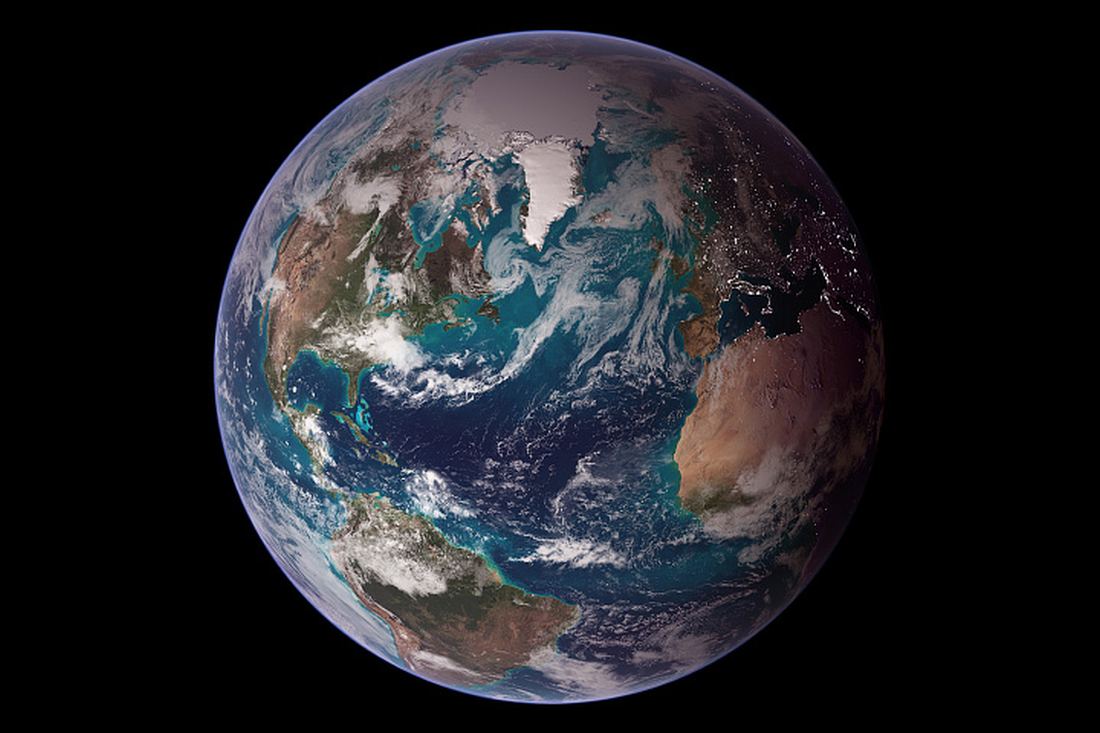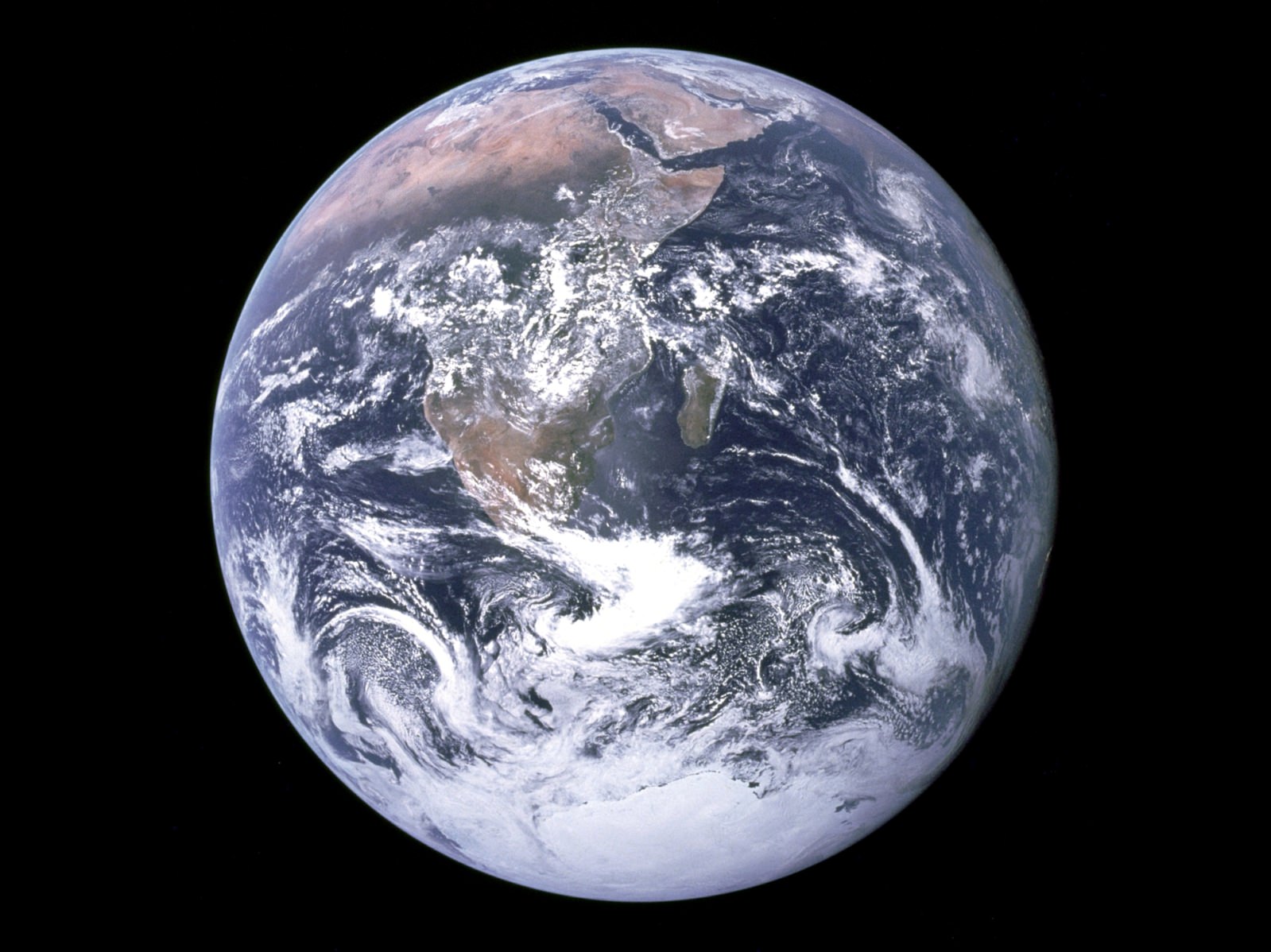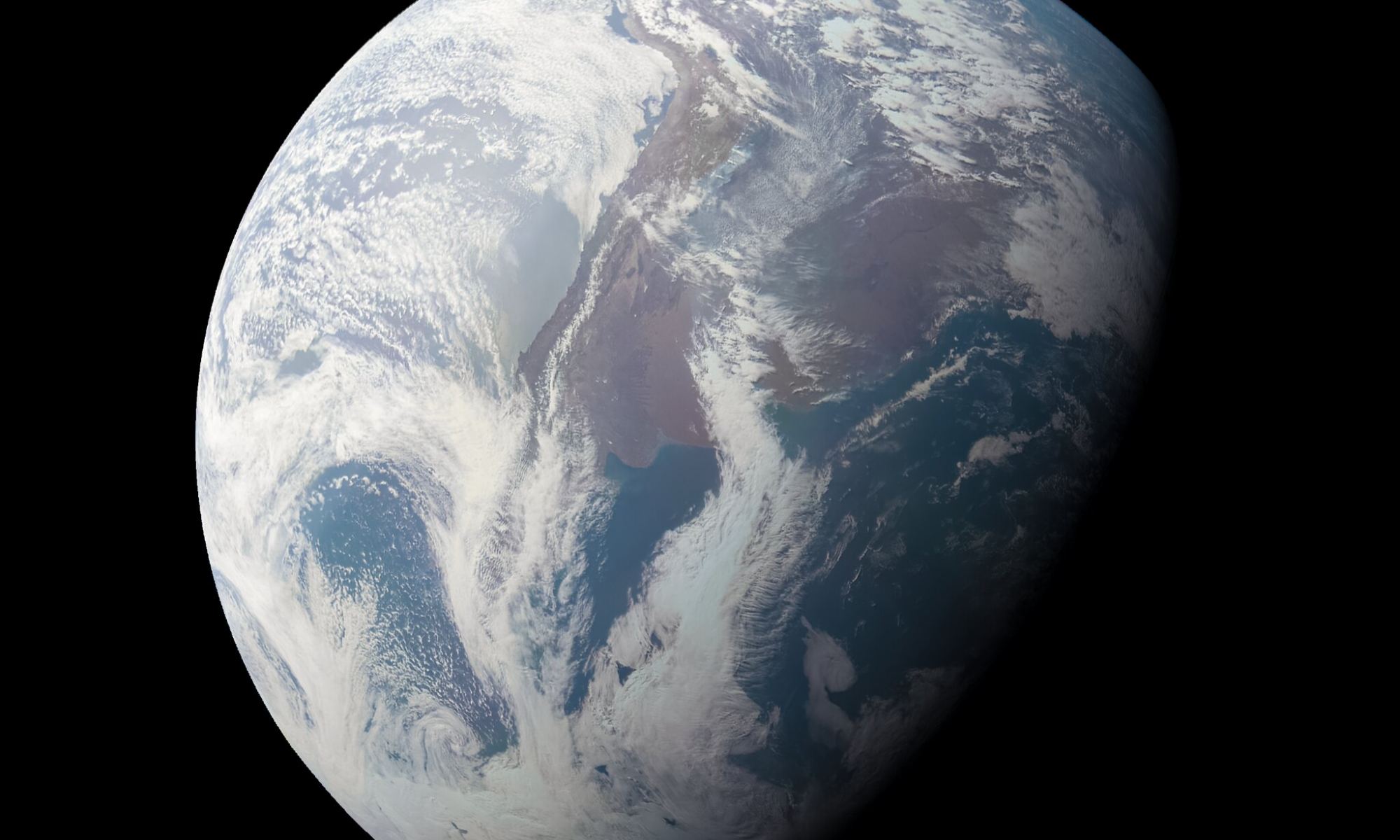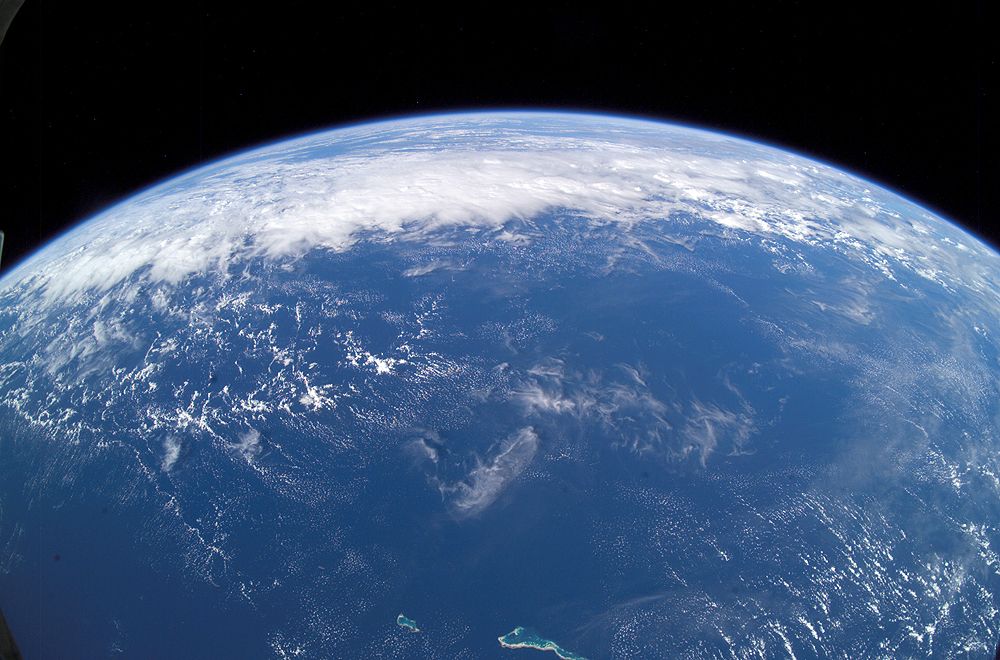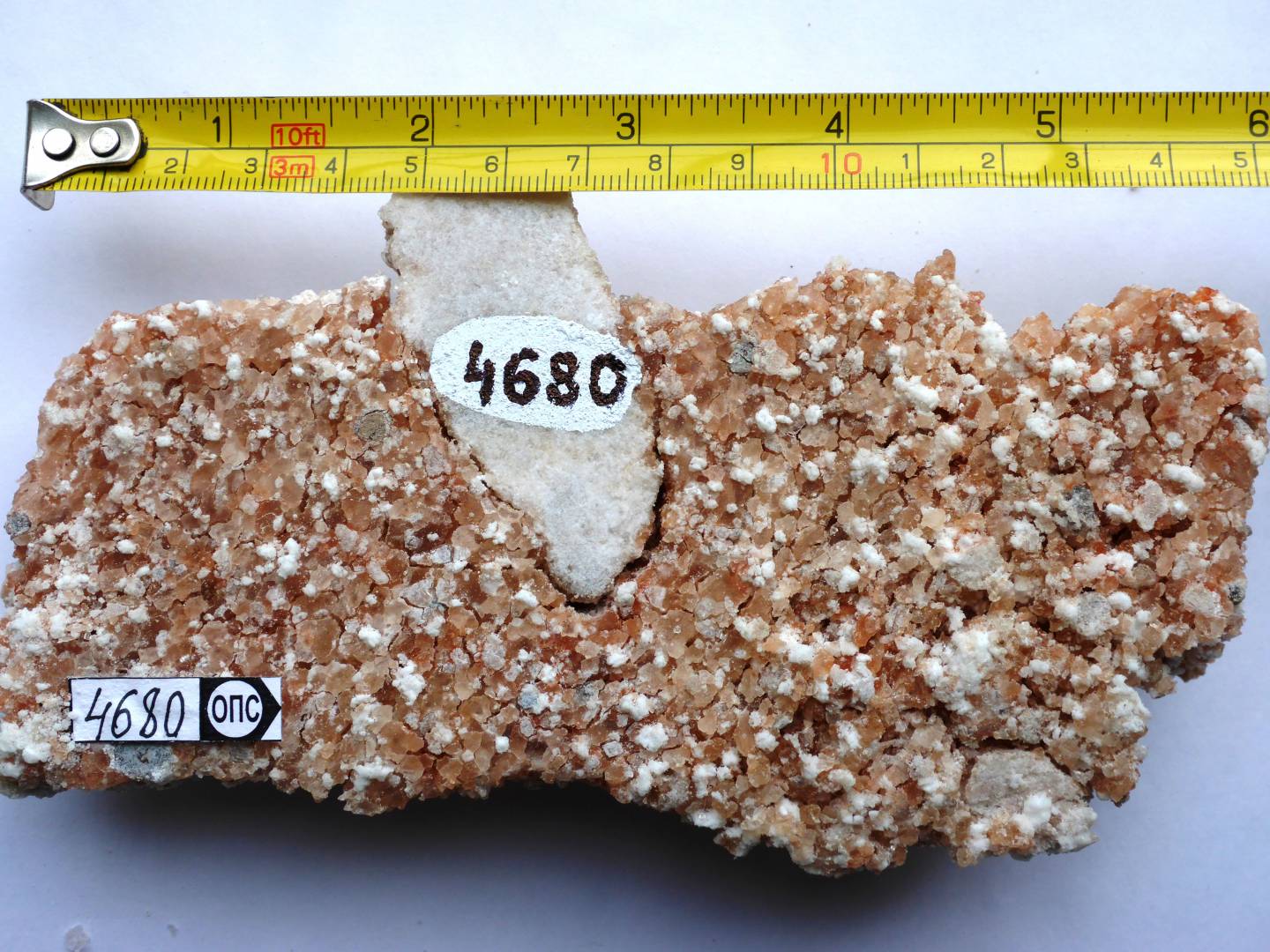Earth is the only life-supporting planet we know of, so it’s tempting to use it as a standard in the search for life elsewhere. But the modern Earth can’t serve as a basis for evaluating exoplanets and their potential to support life. Earth’s atmosphere has changed radically over its 4.5 billion years.
A better way is to determine what biomarkers were present in Earth’s atmosphere at different stages in its evolution and judge other planets on that basis.
Continue reading “What Can Early Earth Teach Us About the Search for Life?”
